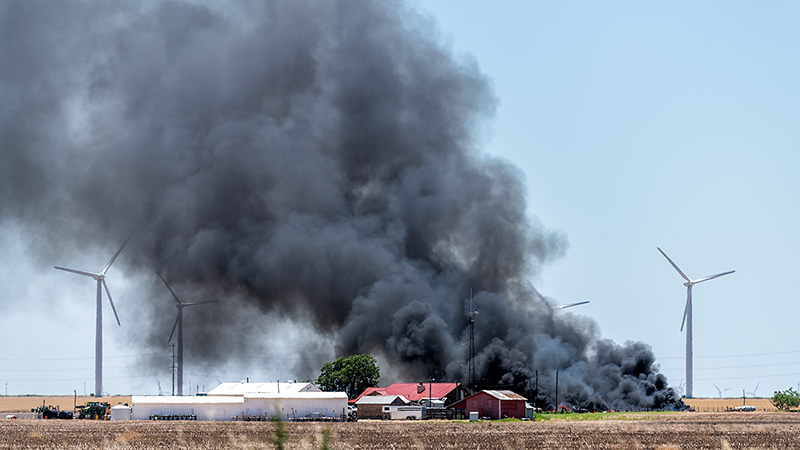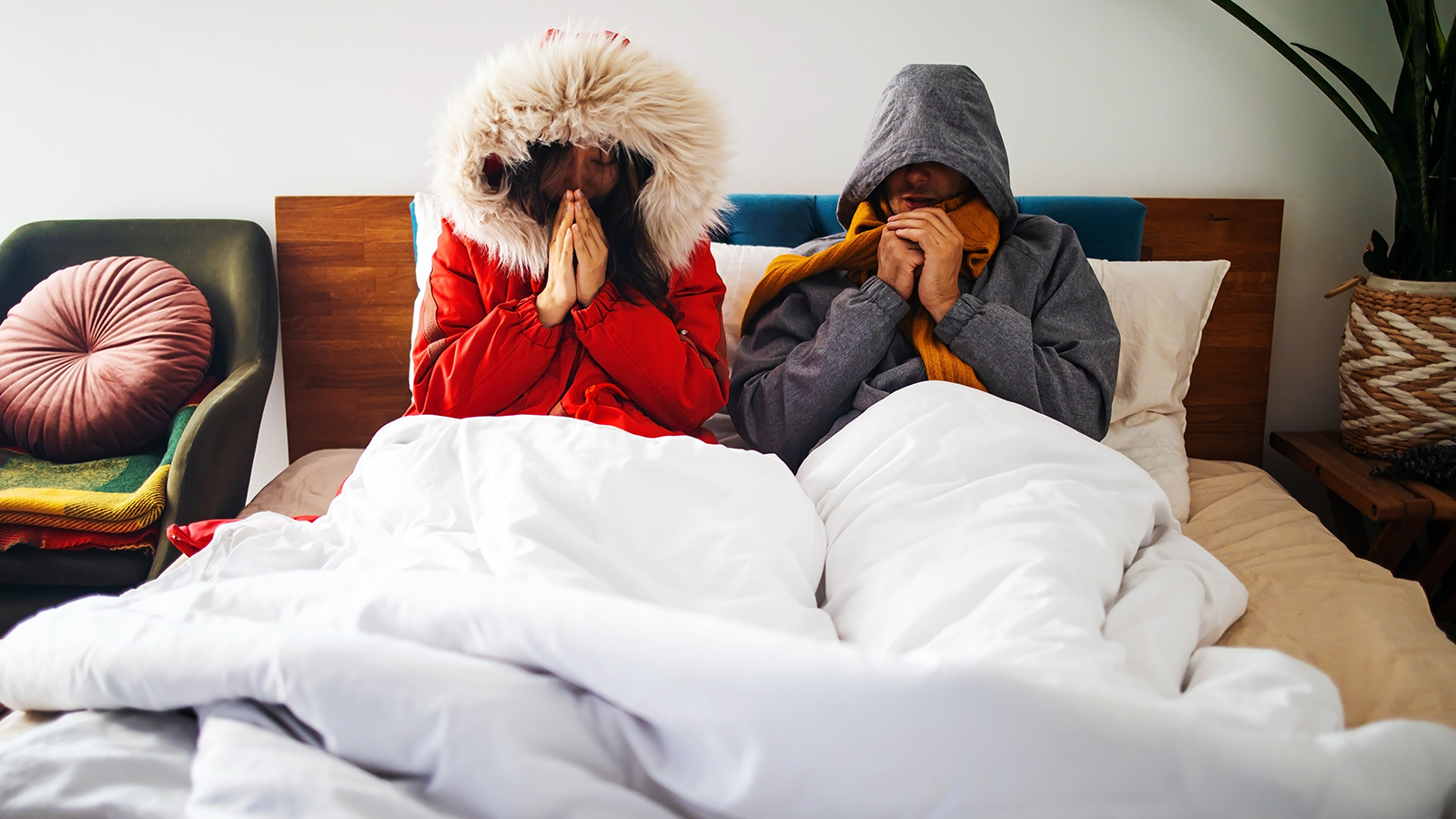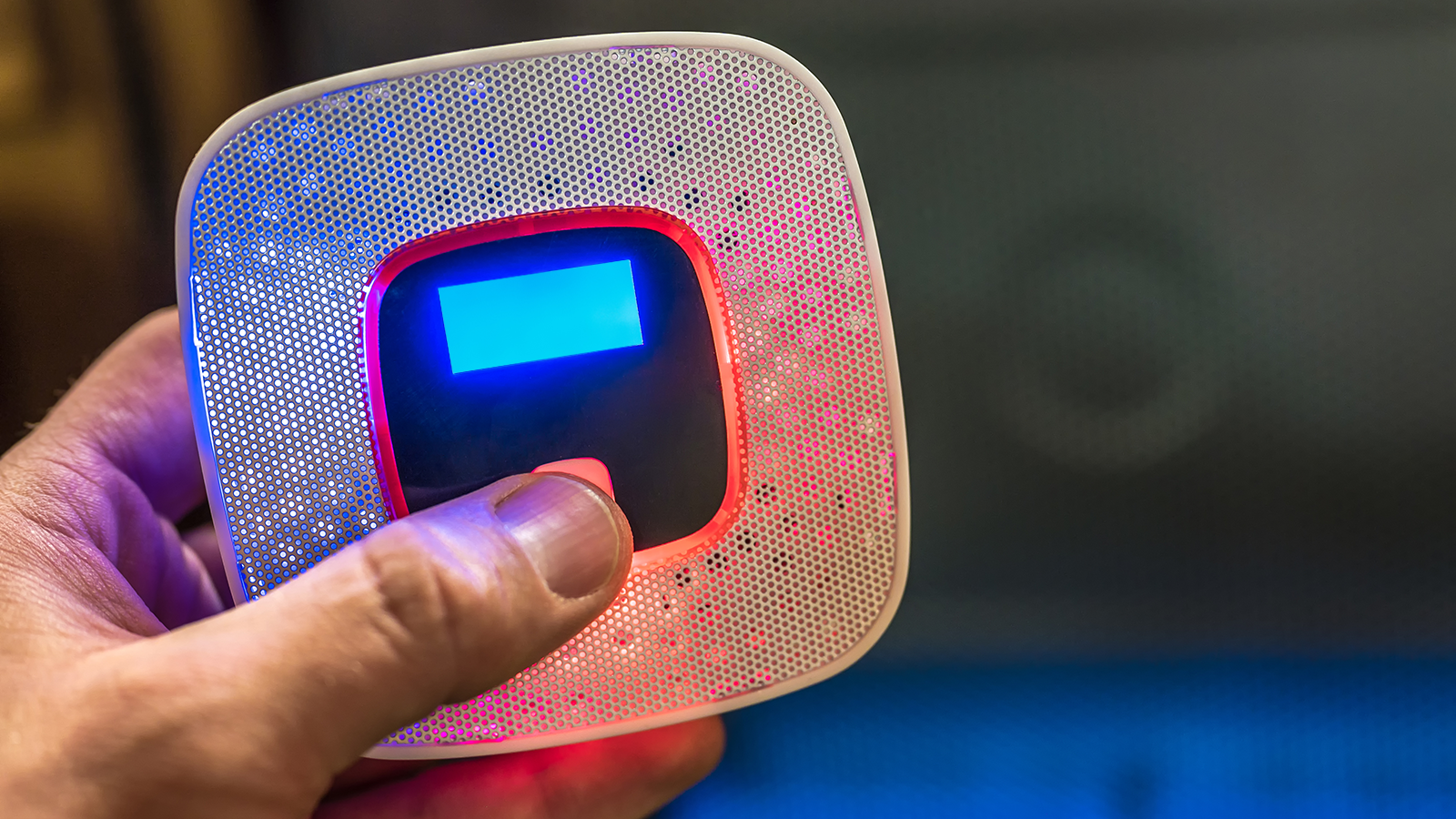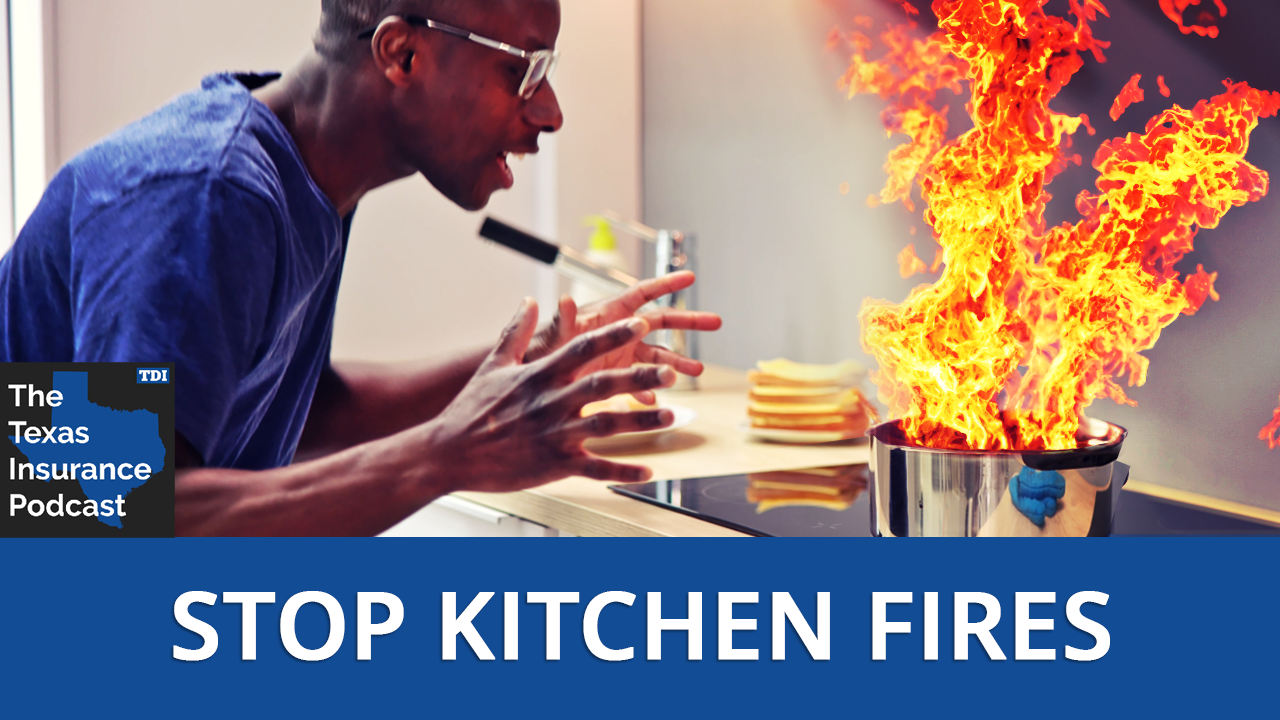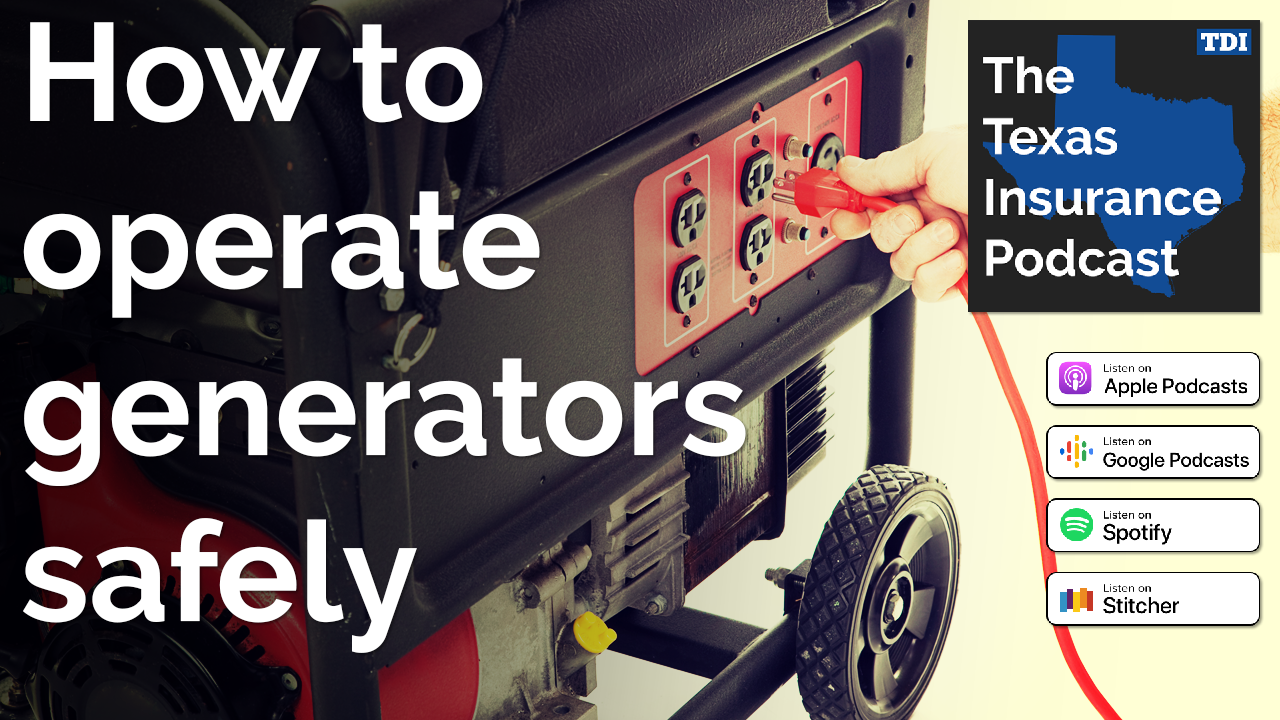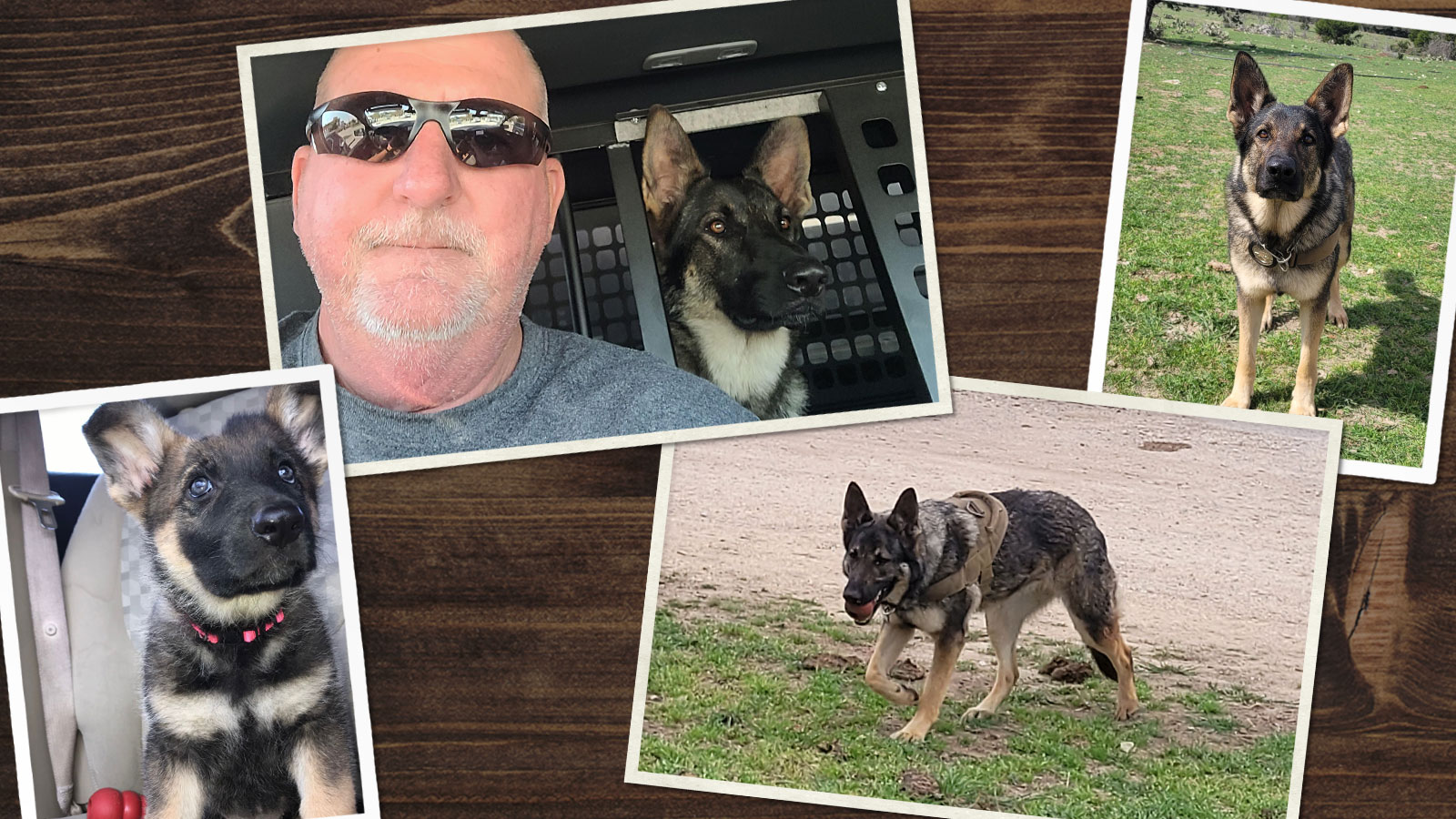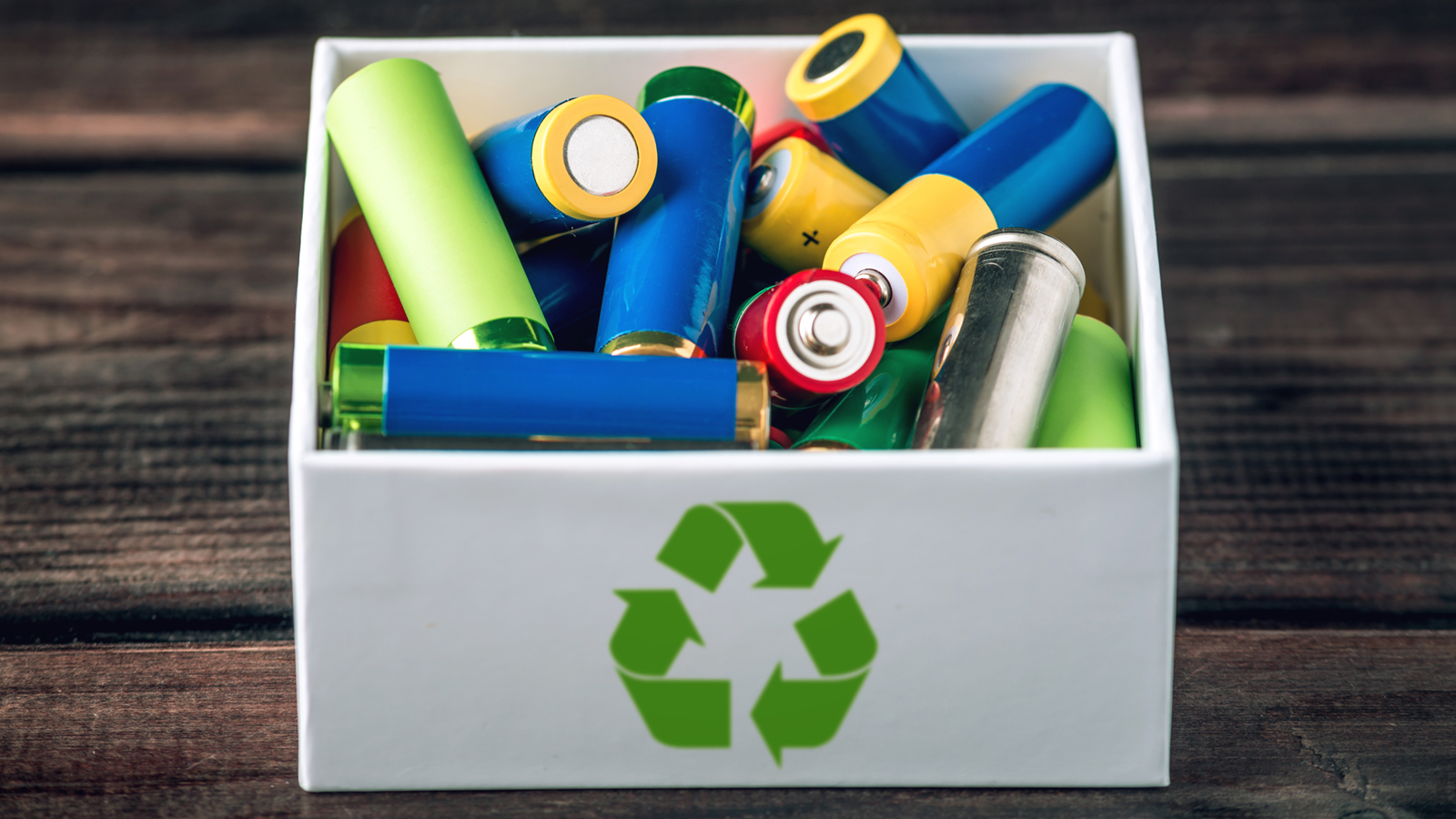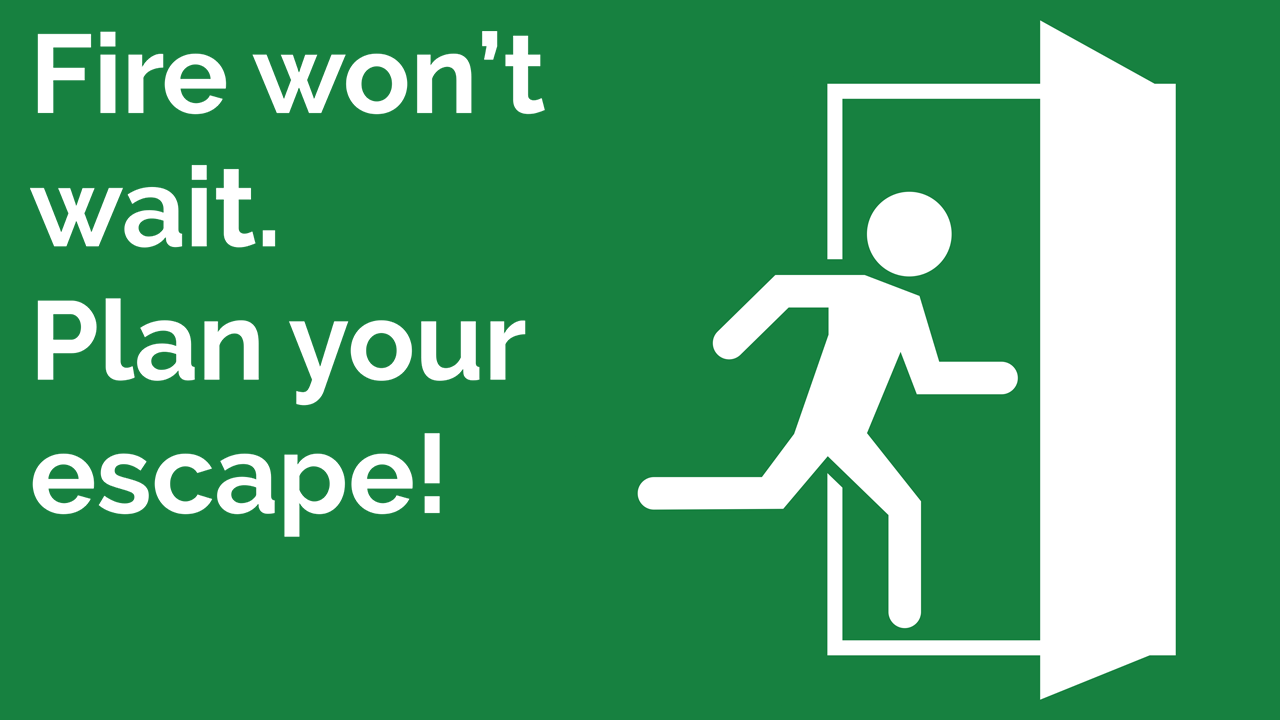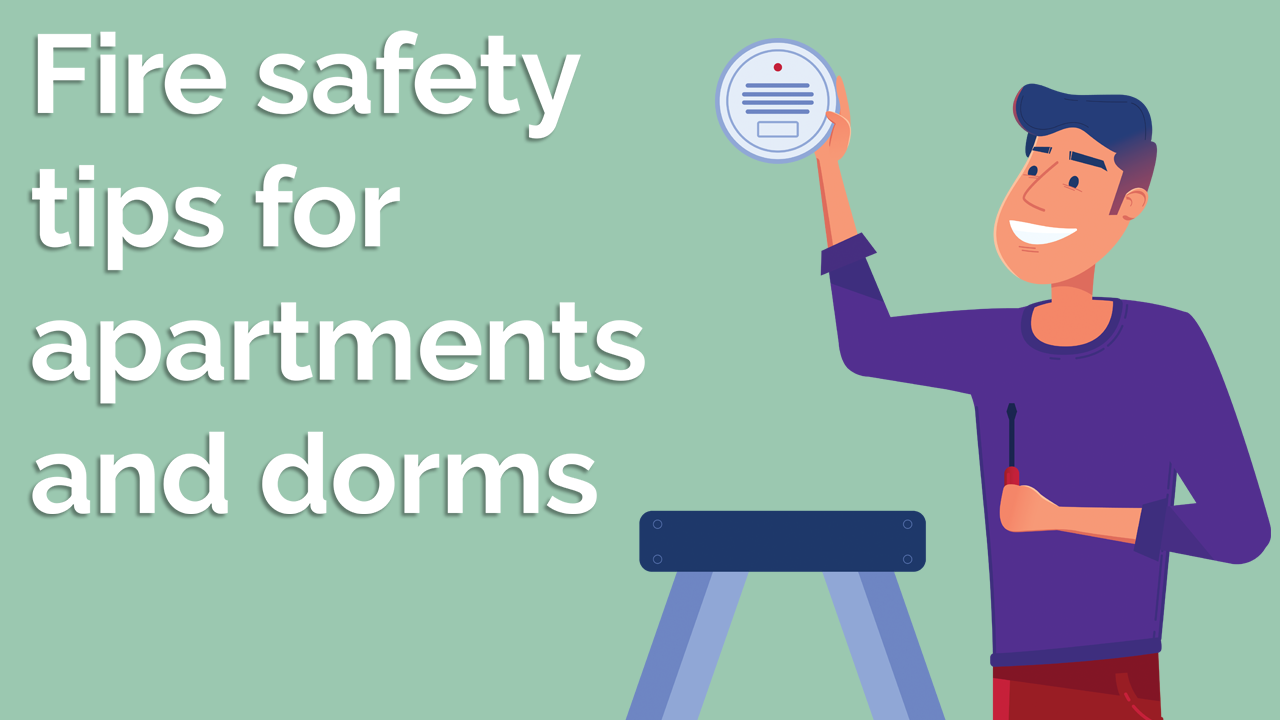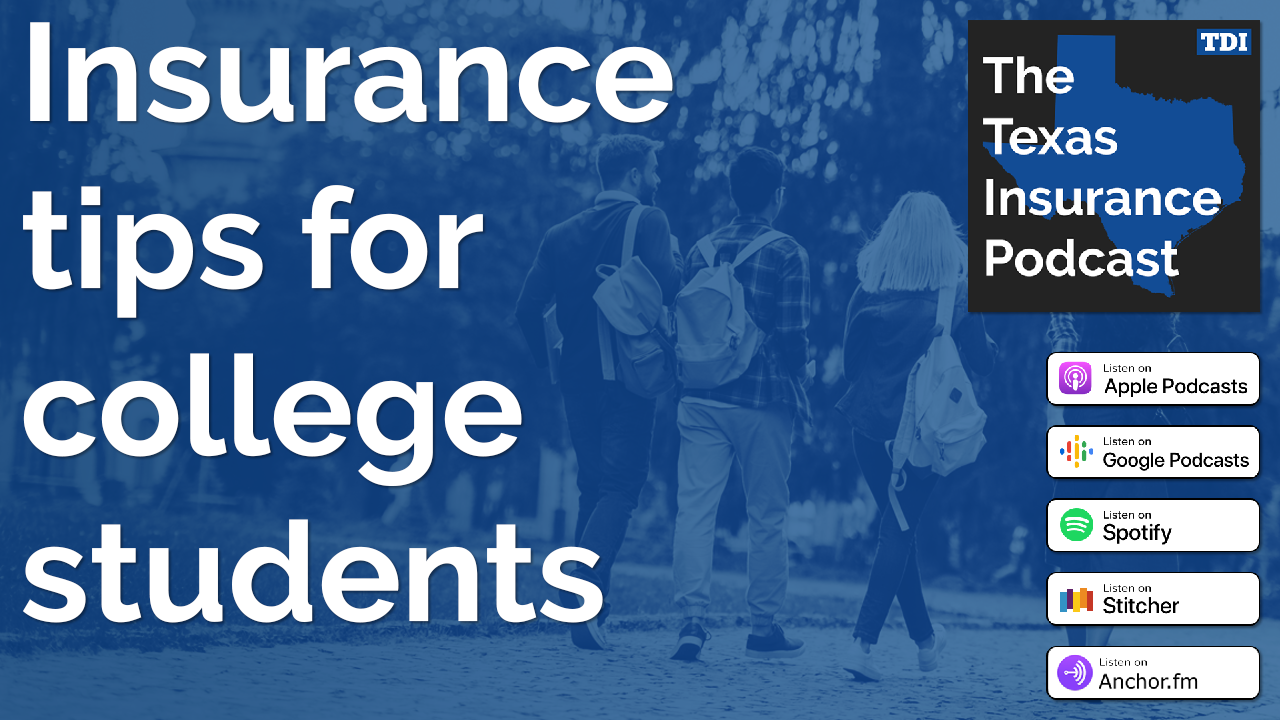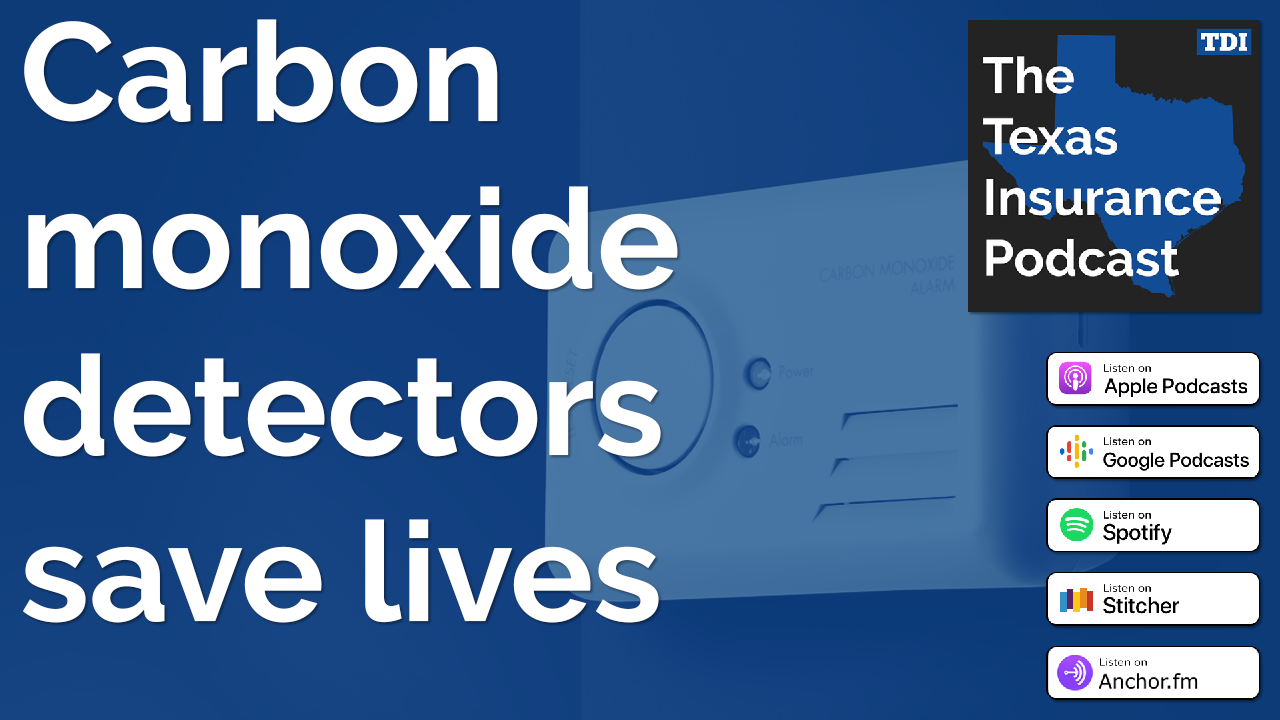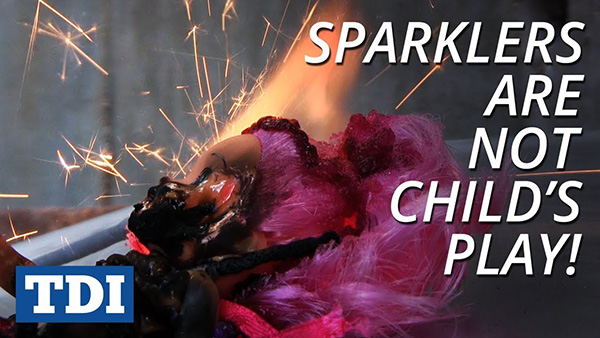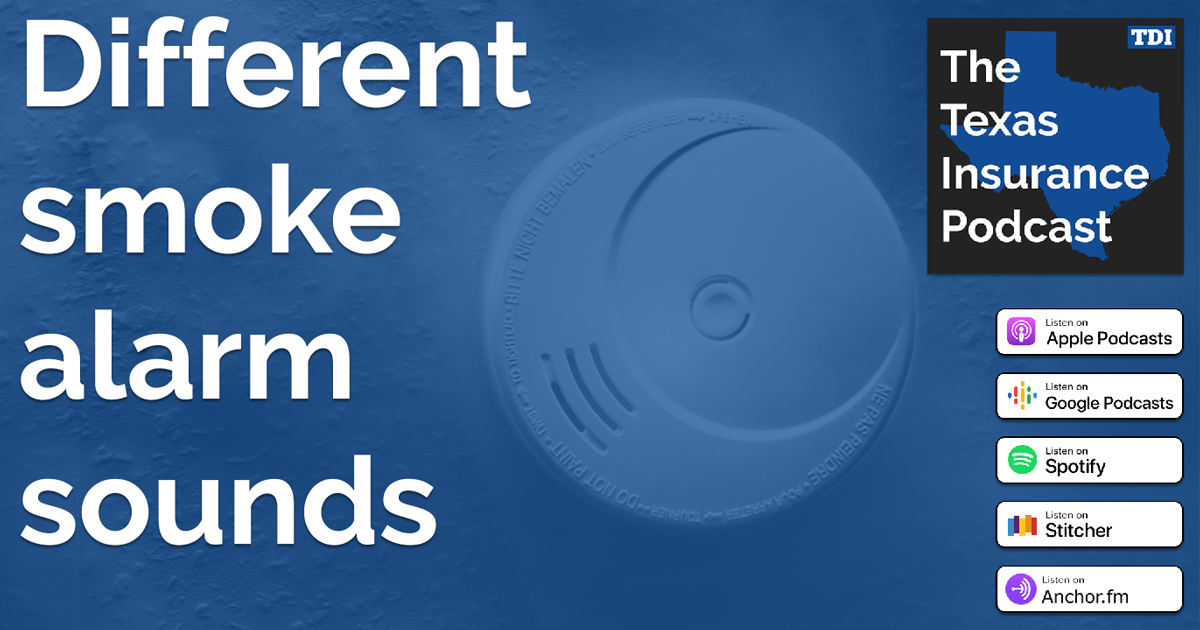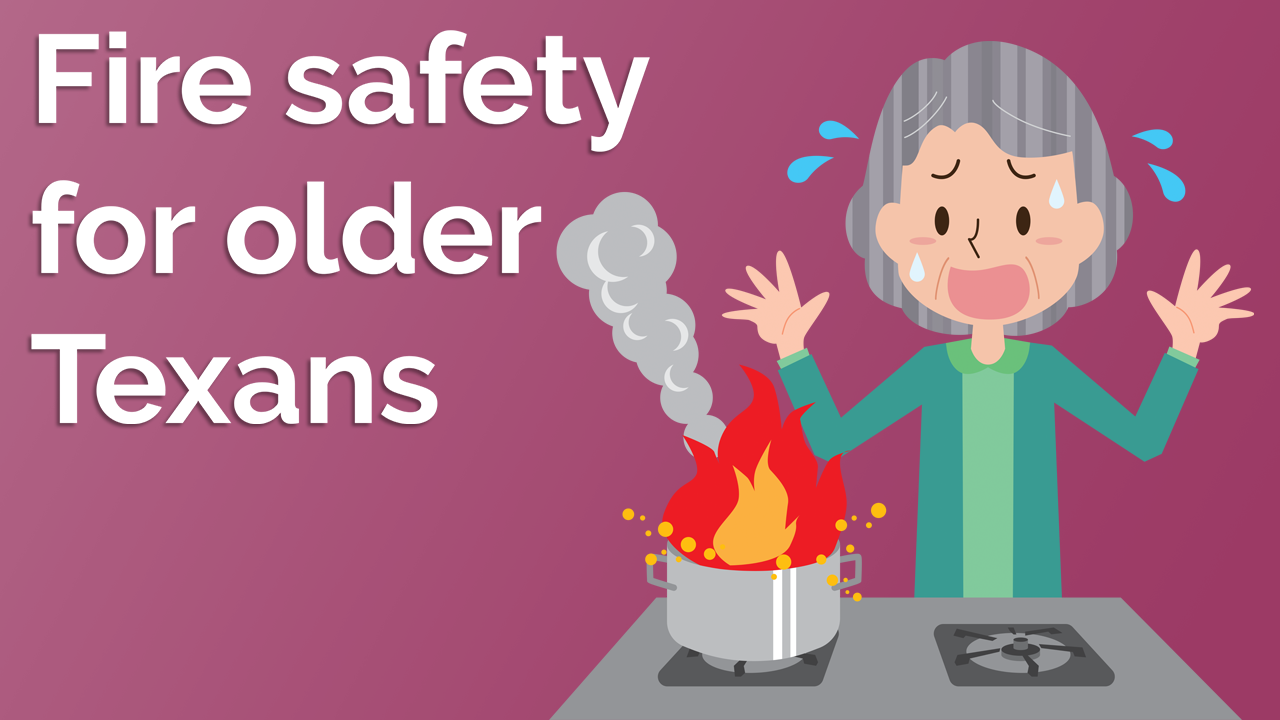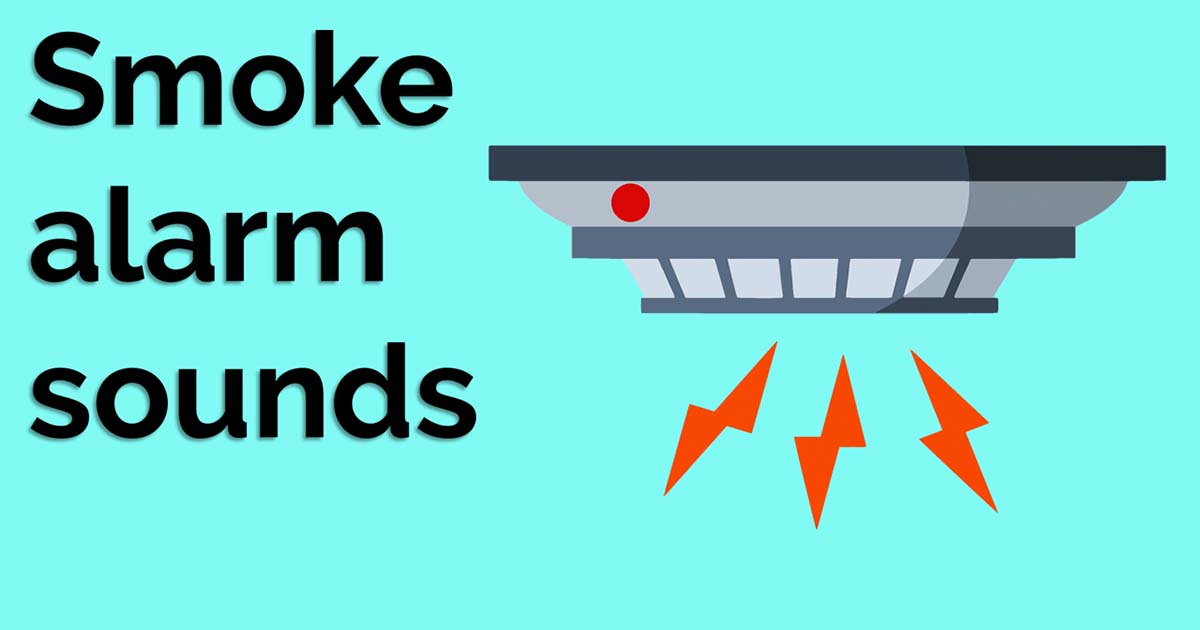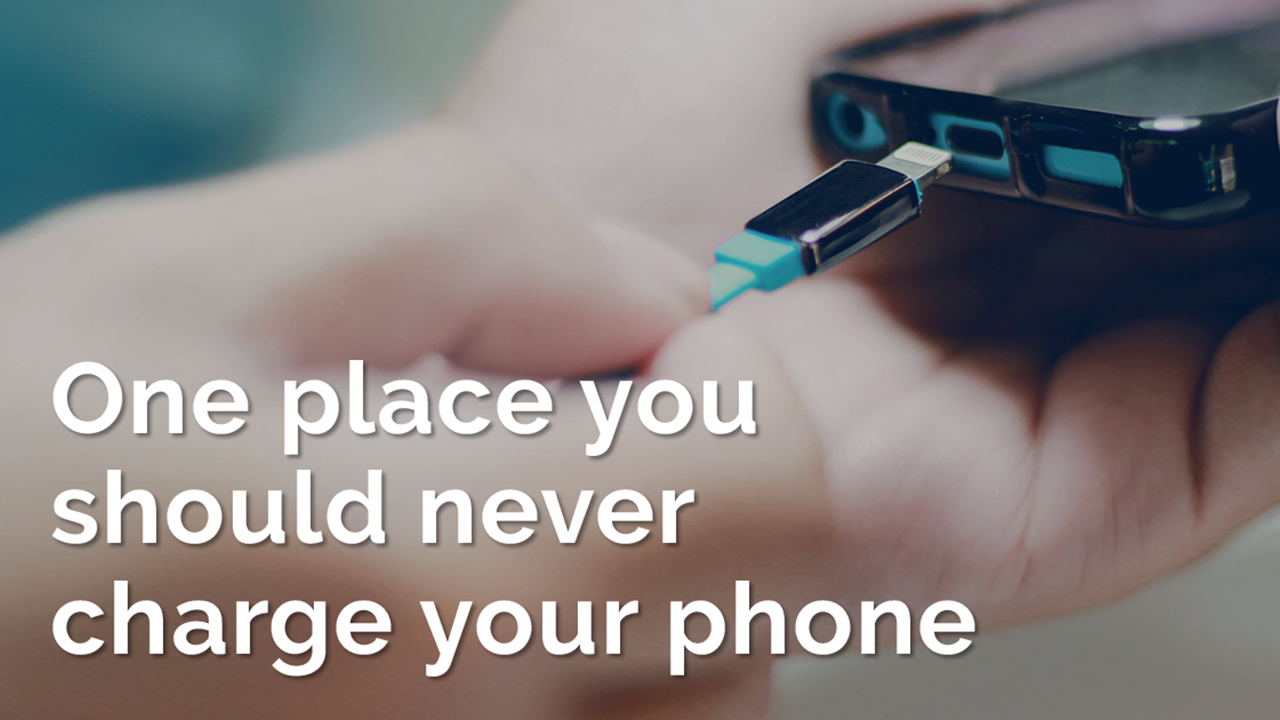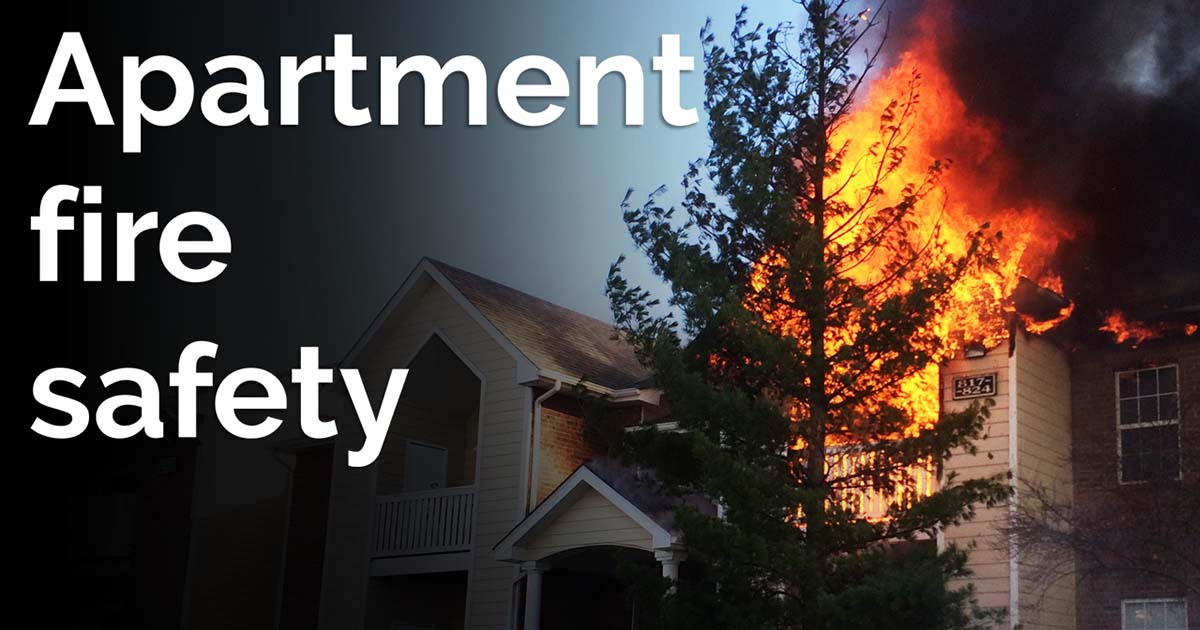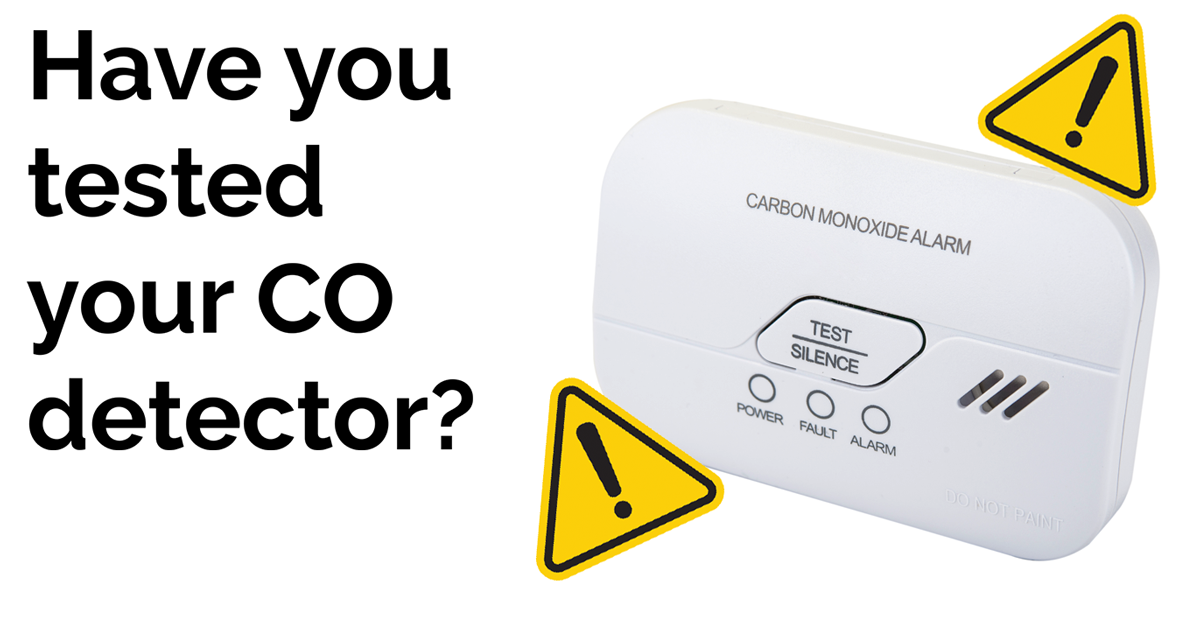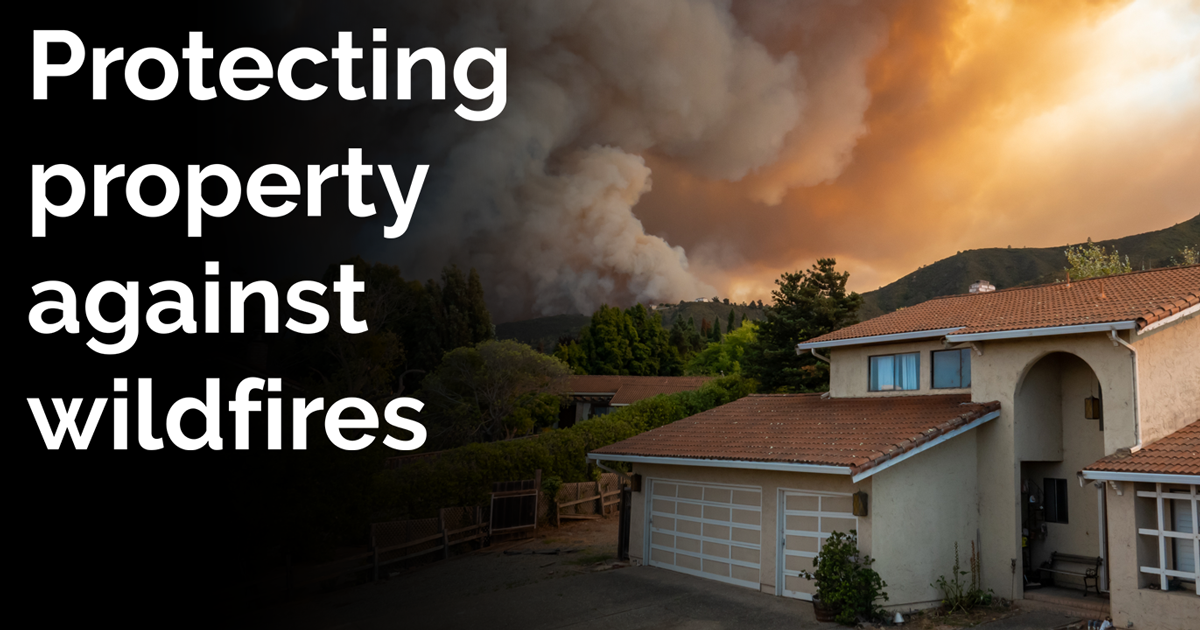February 29, 2024
Texas wildfires: Insurance can cover home, auto damages.
Your insurance can apply if a wildfire damages or destroys your home or car.
Some insurance tips:
- Homeowners insurance will pay to repair or replace your home or property if it is damaged or destroyed in a fire or storm, up to the policy limits. You’ll have to pay your deductible. Damage from an explosion or smoke also is typically covered.
- If you can't stay in your home because of damage covered by your policy, your homeowners or renters policy may pay for a hotel or rental. Check your policy for limits on the coverage.
- Your car is covered if you have comprehensive coverage. Some policies will pay for a rental car if yours is damaged.
- Call your agent or read your policy to check details.
Questions? Call the Texas Department of Insurance’s Help Line at 800-252-3439, 8 a.m. to 5 p.m. Monday to Friday.
Learn more
- Steps to getting your home or car insurance claim paid
- Recovery tips
- Working with an insurance adjuster
- How to avoid contracting scams
December 15, 2023
Ways to stay safe during cold weather
Wintry conditions could lead more Texans to rely on space heaters and other ways to stay warm. The Texas State Fire Marshal’s Office shares these tips to stay safe.
Caution with space heaters
In the last few years, several fatal fires in Texas were started by space heaters. Here are tips for keeping your family safe.
- Inspect a heater before you use it. Make sure there are no cracked or broken plugs or loose connections.
- Always plug space heaters directly into a wall outlet. Don’t use extension cords or power strips.
- Keep your space heater at least three feet from anything that can burn.
- Turn off your space heaters before you leave the room or go to bed. Look for models that shut off automatically when tipped over.
Avoid carbon monoxide poisoning
Cars, trucks, stoves, grills, fireplaces, and many appliances that burn fuel can generate carbon monoxide. You can’t see or smell it, but if enough builds up, it can be deadly.
If there’s too much carbon monoxide nearby, you may feel short of breath, have a headache, or feel dizziness, nausea, or weakness.
Use these tips to protect your family from carbon monoxide poisoning:
- Test carbon monoxide and smoke alarms.
- Never leave a car or truck running in a garage.
- Never use a charcoal grill or portable camping stove inside.
- Never use a portable generator in your home or garage, even if doors and windows are open. Only use these devices outdoors, and more than 20 feet away from open doors or windows.
- Never use a stove to heat your home.
- When using a fireplace, make sure first that the flue is open.
- If your carbon monoxide or smoke alarm go off, do not ignore it. When the alarm sounds, make sure everyone goes outdoors. Call 9-1-1 and stay outdoors until emergency responders say it’s safe to go back in.
Resources
- Space heater safety: Tips to prevent fires
- How to avoid carbon monoxide poisoning at home
- Know the dangers of carbon monoxide poisoning
- Using a generator? Stay safe from carbon monoxide
December 1, 2023
Unknown fire hazards in your home
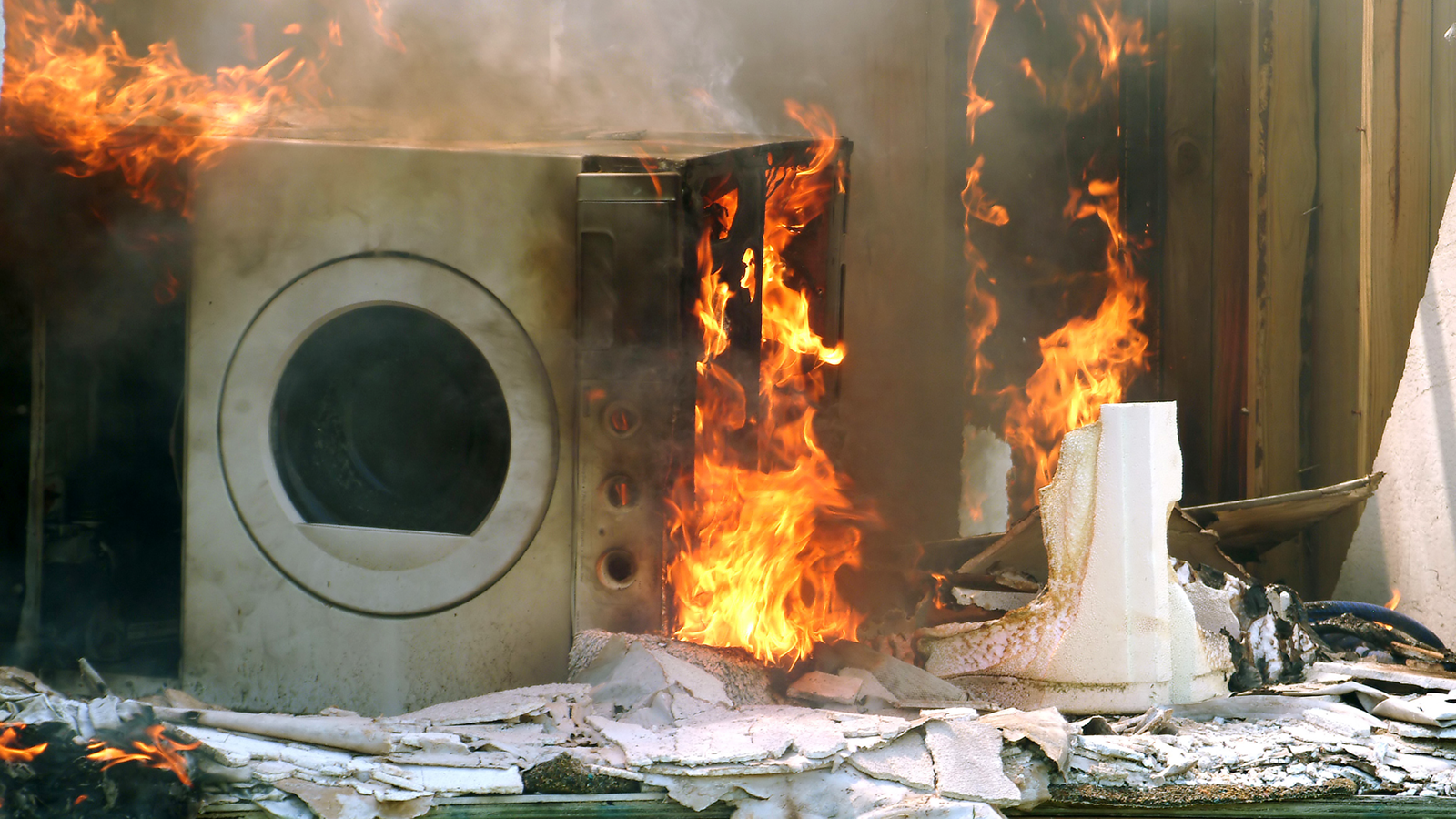
Most people know that stoves, ovens, and candles are dangerous and can start fires.
But there are other fire risks in your home that you might not have thought about:
- Dryers. Clean your lint filter before each use. Make sure the air exhaust vent pipe leads to the outside and is unblocked. Clean the lint out of your vent pipe every three months. There are tools available at local home improvement stores that allow you to do it yourself. Or, you can hire a professional or get your apartment’s maintenance to do this. You want clothes to be fire, not on fire.
- Kitchen appliances. Our kitchens have all sorts of gadgets, like air fryers, microwaves, and coffee makers. Plug your appliances into a wall outlet, never an extension cord. Place them where they won’t get bumped or knocked over.
- Lithium-ion batteries. Smartphones, laptops, hoverboards--so many devices in our homes now use lithium-ion batteries. Don’t overcharge your devices, and don’t place them on a pillow, bed, or couch while charging. Keep devices that use lithium-ion batteries at room temperature.
If there is a fire in your house, get out and stay out. Use your cell phone to call for help or ask a neighbor to call 911.
November 7, 2023
Traveling? Remember to check for smoke, carbon monoxide detectors.
Your bags are packed, you’re ready to travel. But do you plan to check your getaway spot for smoke and carbon monoxide (CO) detectors? That would be wise.
CO is a colorless, odorless gas that replaces oxygen in your blood when you breathe it in. It can make you short of breath or cause headaches, dizziness, nausea, weakness—even death.
Each year, at least 420 people in the U.S. die from accidental CO poisoning, with more than 100,000 people going to an emergency room. And a 2019 study tallied over 100 CO poisoning incidents in U.S. hotels, motels and resorts—mostly caused by natural gas-fueled appliances.
Before or when you arrive at your vacation spot, check for:
- Working CO and smoke alarms.
- Portable fire extinguishers in easy reach.
- Directions on how to exit the building.
If you own or rent an RV, make sure it has working alarms.
For less than $50, a small portable CO detector might be worth packing. Use it at your destination and help protect your family.
Learn more
- How to avoid carbon monoxide poisoning (podcast)
- What should you check out when checking into a hotel? (video)
- How to avoid carbon monoxide poisoning at home
- Tips to protect your family from carbon monoxide poisoning (video)
October 12, 2023
Prevent cooking fires, protect your home
Cooking fires are the No. 1 cause of home fires.
So do right in your kitchen and protect your home.
Cooking safety tips:
- Once you start cooking, keep your eyes on the sizzle. Inattention can lead to flames you don’t want.
- Try not to leave the kitchen while cooking — and never ditch a hot stovetop. If you stray from your oven, set a timer so you’re back before dinner chars.
- If children are afoot, keep them 3 feet away from your cooking zone, indoors or out. Enforce the zone for your pets too.
Get more tips in our cooking safety podcast featuring Kelly Ransdell of the National Fire Protection Association. The association marks National Fire Prevention Week each October.
Learn more
- How to prevent kitchen fires with our cooking safety tips
- Is your kitchen too hot to handle? (video)
- How to make a home fire escape plan (video)
June 1, 2023
How to safely set up and run your portable generator
If you own a portable generator, remember to place it outdoors at least 20 feet from your home’s doors, windows, or vents.
Keeping a distance helps protect you from carbon monoxide gas, which is colorless, odorless, and potentially deadly.
More generator safety tips:
- Don’t put fuel in a hot generator. Turn it off and let it cool before refueling. Only put fuel in containers made for fuel. Never store fuel inside your home.
- Take care of cords. Plug appliances into your generator directly or use a heavy-duty, outdoor-rated extension cord. Check the cord for cuts, tears, or missing prongs.
- If you want to connect your generator to your house’s wiring, have a qualified electrician do it. Make sure the electrician uses a properly rated switch that meets electrical codes.
Watch our video for help using portable generators from Kelley Stalder, chief engineer of the Texas State Fire Marshal’s Office.
View podcast Q&A: How to safely use a portable generator
Learn more
- Using a generator? Stay safe from carbon monoxide
- Tips to protect your family from carbon monoxide poisoning (video)
- Carbon monoxide detectors save lives (video)
April 25, 2023
Dog burned in fire now helps state investigate fires
Harley was destined to be a K-9 arson investigator with the State Fire Marshal’s Office. When she was just 3 weeks old, a heat lamp burst in her kennel and started a fire. Harley's mother barked for help until the owners came to rescue her puppies.
The owners didn’t notice that Harley was stuck between a kennel and a fence until the fire was out. She was the only puppy hurt in the fire.
While Harley was getting treatment for her burns, the owners reached out to Tommy, a lieutenant with the Fire Marshal’s Office, about adopting the German shepherd as a family pet. His daughter and the owner’s daughter were friends.
Tommy said Harley was a handful as a puppy.
“She was like: Here, throw this toy; here, throw it again. She was always wanting to play,“ Tommy said. “She was always wanting to work.”
Harley joined Tommy’s other dog, Clear, on the family’s 165-acre ranch in Central Texas. Clear was Tommy’s K-9 partner, helping him investigate fires with the Fire Marshal’s Office. Clear’s job was to sniff out accelerants to learn what caused a fire.
As Tommy got to know Harley, he realized she had some qualities that would make her a good K-9 partner.
“When you can leave a toy in the pasture for a week, and she can go search for 15 minutes and find it, you think: Dog, you might have something here,” Tommy said.
When Harley was 2 years old, and Clear was 11 and ready to retire, Tommy proposed the idea to his captain. After a lengthy process, Harley was approved to start training in 2021. Tommy and Harley were certified as an accelerant detection K-9 team three months later.
K-9 handlers across the state have been impressed with Harley’s “nose on source” indications.
“She puts her nose on a source and lays down as flat as she can and holds still, waiting for a command to come get her toy,” said Tommy. “She really gets into her work.”
As for the kennel fire, Harley fully recovered from her burns and probably doesn’t remember it.
“She’s done with that,“ said Tommy. “She has other things to do.”
April 11, 2023
Keep batteries out of trash and recycling bins. You have better options.
Batteries are a part of our daily lives; they power cars, phones, household devices, and much more! But improper disposal of batteries can be a possible fire hazard. Avoid putting batteries into dumpsters, trash cans, recycling bins, or compost bins.
Instead, use these safe disposal tips:
- It’s best for the environment to take batteries to a retail recycler or a community household hazardous waste collection site. Home improvement and other retail stores sometimes recycle batteries.
If you’re unable to remove a battery from the device it powers, take the whole device to an electronics store or a household hazardous waste collection site for disposal.
- It’s against Texas law to put lead-acid car or truck batteries in your trash. Take your used battery to an automotive parts store or a hazardous household waste recycling facility. Plan to pay a small fee.
- Lithium-ion batteries can cause fires and explosions if they are punctured. Do not place these batteries in your regular household trash or recycling. Instead, seal each battery’s electrical contacts – or terminals – with electrical tape. Or, put each battery in a separate container before taking them to a hazardous waste collection site.
October 13, 2022
Fire in your house? Get out fast.
If a fire breaks out in your home, you might have just minutes to escape.
So get out.
Leave.
Don’t hesitate.
Use these tips to plan how you’ll get your family and pets out safely:
- Make a home escape plan and practice it with everyone in your home. Have someone watch the drill and time it. Practice the plan until it’s automatic for everyone.
- Practice your escape plan twice a year. Try one practice at night, one in daylight.
- Practice finding more than one way out.
- Know at least two ways out of every room, if possible. Make sure exit doors and windows open easily.
- Agree on an outdoor meeting place—a tree, mailbox, light pole. Make sure everyone knows to go there.
- Teach your children how to escape without your help. Tell them not to hide under a bed, in a closet, or in a bathroom.
- Never go back inside a burning building. Get out and stay out!
Learn more
September 15, 2022
Back to campus? Take these easy steps to stay safe from fire.
September and October are the peak months for fires in student-occupied property—especially between 5 and 9 p.m. Most of these fires are caused by cooking.
From 2015 to 2019, U.S. fire departments responded to an estimated annual average of 3,840 structure fires in dormitories, fraternities, sororities, and other related properties
Take a few easy steps to help stay safe:
- Make sure your bedroom and other living areas have working smoke alarms.
- Practice a fire escape plan. Find two ways out of your room, apartment, or home.
- Don’t cook when you’re distracted. It could lead to a mistake and fire.
- Use only flameless candles.
- Keep clear all exits, hallways, and stairwells.
- Clean the dryer lint trap before and after each use. Clogged vents are a fire hazard.
- Make sure you, and your roommates, know your dorm or housing’s safe meeting place if you have to escape.
- Leave quickly if an alarm sounds. Even a short delay could be dangerous. Leave everything and get out.
Learn more
How college students can stay healthy, safe, and protect their stuff
August 4, 2022
Safety and savings tips when you go back to college
Many college students live off campus.
Freedom, right?
But you need to watch out for yourself.
Some money-saving and safety tips:
- Call your health plan to find nearby urgent care centers that are in your plan’s network. This could save you money when you need care.
- Look for the fire alarms and exits in your apartment complex. Some alarms sound a bell. Others have a voice feature telling you where to go if there’s a fire.
- Consider renters insurance. At less than $200 a year, a renters policy can pay to replace your things after a fire or other disaster. It might also pay for you to live somewhere else while repairs are being made.
- Let your auto insurance agent know that you’re back at school. This might save you money.
Hear more expert advice about going back to school in the latest Texas Insurance Podcast.
View podcast Q&A: How college students can stay healthy, safe, and protect their stuff
Learn more
- Renters insurance: What does it cover and how much does it cost?
- Insurance tips - college edition
- Back-to-school safety
July 7, 2022
Detect odorless carbon monoxide, the “silent killer”
You can’t see it. You can’t smell or taste it.
But carbon monoxide gas, which can leak from faulty appliances, car engines, or generators, could make you sick and even kill you.
According to the Centers for Disease Control, carbon monoxide accounts for more than 100,000 U.S. emergency room visits a year. Annually, more than 400 Americans die from breathing in too much.
Protect your family and home by installing carbon monoxide detectors. They’re vital if you have gas-powered appliances or an attached garage.
Learn more, such as where to install detectors, from our podcast. We talked to relatives of a family who died by carbon monoxide poisoning while sleeping.
View podcast Q&A: How to avoid carbon monoxide poisoning
Learn more
- How to avoid carbon monoxide poisoning at home
- Is your smoke or carbon monoxide alarm chirping? Here’s what it’s telling you.
- Carbon monoxide detectors save lives (video)
June 27, 2022
Leave July 4 fireworks to the professionals
Love fireworks?
For safety’s sake, let a professional light up your Independence Day.
State Fire Marshal Orlando Hernandez said: “If you want to see great fireworks, save money, and stay safe, go to a professional show. Our office has issued more than 250 permits for Fourth of July shows, so there’s probably one nearby.”
Check your local news or social media for local Fourth of July fireworks shows.
Another caution: Most communities don’t allow you to use fireworks within city limits or during local burn bans. Check with your local fire department to see what’s allowed.
Hernandez added: “There are no safe fireworks for children.” He said some sparklers burn at nearly 2,000 degrees, as hot as a blow torch.
“Have fun,” Hernandez said, “but stay safe, Texas.”
Learn more
How to stay safe when using fireworks
June 2, 2022
Hear a beep? Get on your feet!
Smoke and carbon monoxide alarms in your home deliver potentially life-saving messages.
Your alarm’s sounds can signal different dangers:
- A set of three loud continuous beeps means smoke or fire.
- A set of four loud continuous beeps means carbon monoxide is present.
- A single chirp – repeating every 30 to 60 seconds – means your alarm battery is low and needs to be changed. If your alarm continues to chirp after replacing the battery, that means the alarm unit needs to be replaced.
Learn more about how smoke and carbon monoxide alarms keep you safe in the latest This Is TDI podcast featuring Kelly Ransdell of the National Fire Protection Association.
“We want people to learn the sounds of fire safety,” Ransdell says.
View podcast Q&A: How to know what your smoke alarm is telling you
Learn more
- How to protect your family from a home fire
- How to avoid carbon monoxide poisoning at home
- How to escape from a house fire
February 10, 2022
Older Texans face greater fire risks. Learn how to make a safe exit.
Older adults have a higher risk of dying in a house fire. But taking precautions can save lives.
Some tips to prevent fires and to make a safe exit:
- Install smoke alarms on every level of your home, inside and outside the bedrooms. The best alarm system is interconnected so that when an alarm sounds in one room, alarms in the other rooms also go off.
- Keep your glasses, cane, wheelchair, or other helping devices close in case you need to leave your home quickly.
- Test your alarms monthly.
- Replace alarm units every 10 years.
Make and practice a home escape plan with everyone in your house. In a fire, you might have just two minutes to get out.
Watch our latest “This Is TDI” video featuring Teresa Neal of the U.S. Fire Administration who shares fire safety tips, including cooking safety tips for older adults.
Learn more
- Smoke alarms: Where to put them, how often to replace batteries
- How to protect your family from a home fire
- How to escape from a house fire
- How to prevent kitchen fires with our cooking safety tips
October 7, 2021
Is your smoke or carbon monoxide alarm chirping? Here’s what it’s telling you.
Just about everyone has woken up to the sounds of a smoke or carbon monoxide alarm going off in the middle of the night. But what do those chirps and beeps mean? In our latest video, we asked the National Fire Protection Association what the noises mean and how to stay safe from fires and carbon monoxide. Here’s a simple guide:
- Smoke alarms alert you with three beeps in a row.
- Carbon monoxide alarms alert you with four beeps.
- A single chirp means the battery is low or the detector should be replaced.
Some newer alarms also have a voice that gives you directions. Other alarms, made for people who are deaf or hard of hearing, shake your pillow or have a strobe light.
- Every alarm has a manufacture date or an expiration date. Replace your alarms before the expiration date, or within 10 years of the manufacture date.
- Test your alarms once a month.
- Replace the batteries once a year.
- Replace the alarms at least every 10 years.
When you buy new alarms, put them inside and outside each sleeping area. Not just bedrooms, but anywhere people sleep. If your garage is attached to your home, you need one there too.
Have a family escape plan and pick a safe place to meet outside. Then practice your plan so everyone’s ready when an alarm goes off. If someone in the house has mobility issues, make sure they sleep on the ground floor. It could be a matter of life and death.
Learn more
- Fire in your house? Get out fast
- How to avoid carbon monoxide poisoning at home
- How to protect your family from a home fire
September 14, 2021
Know the dangers of carbon monoxide poisoning
Cell phones and other devices are a big help in a weather emergency. They give you a quick way to check in with friends and relatives or call for help. But if the power’s out and your battery is low, be careful where you recharge your devices.
It may be tempting to use a running car or truck to charge your phone, but never do that when your vehicle is in a garage. Most engines put out carbon monoxide, a deadly gas you can’t see or smell.
A running car can create enough carbon monoxide build-up to kill you, even if the garage door is open. Wind can blow carbon monoxide back into your garage, or even inside your house if doors, windows, or vents are open.
If you can do so safely, move your vehicle out of the garage and away from your home. Then it’s OK to start the engine and recharge your phones and devices in the vehicle.
Be careful when you use generators and other sources of carbon monoxide as well.
Learn more
- Tips to protect your family from carbon monoxide poisoning (video)
- Carbon monoxide detectors save lives (video)
August 26, 2021
Apartment hunting? Look for these safety features
Heading off to college? Starting your career in a new town? If you’re getting a new place for the first time, check out our new video for fire safety tips from the Texas State Fire Marshal.
Look for sprinkler systems and fire alarms. The best systems have voices, not beeping, because people wake up faster to a voice than a noise. And always check the evacuation plan.
The most common causes of apartment fires can all be avoided—here’s how:
- Don’t cook when you’re tired—or leave a cooking fire unattended.
- Don’t overload power outlets with chargers and electronics.
- Avoid candles, or at least keep combustibles away from them. Better yet, get artificial candles that flicker like a flame.
- Don’t put anything within three feet of a space heater.
- If you have a clothes dryer, clean the lint out of the vent.
Make sure your new place has smoke and carbon monoxide detectors. Check the manufacturing date on the back of each one. Have your landlord replace any that are 10 years old.
Think about fire safety when you go out, too. Look for alternative exits at football games, concerts, clubs, stores, and restaurants. In an emergency, most people crowd the front door, so make sure you know other ways out. If any place gets too crowded, leave.
And remember, your landlord’s insurance only covers the building. You need renters insurance to cover your things inside it. For more information, visit tdi.texas.gov or call 800-252-3439.
We’ve also got tips on how to avoid carbon monoxide poisoning at home.
May 26, 2021
Carbon monoxide – the silent killer after the storm
Hurricane Laura, a powerful Category 4 storm, left a path of destruction across Louisiana last year and caused 15 deaths. Eight came after the storm, caused by carbon monoxide poisoning from portable generators.
Sheletta Brundidge’s relatives were among the victims. They rode out the hurricane but lost power after the storm. Five family members gathered in one home with a generator running in the garage. As they slept, the garage door blew shut. The home didn’t have a carbon monoxide detector to alert them to the deadly fumes filling the home. They never woke up.
Carbon monoxide kills more than 400 Americans each year and is responsible for 20,000 emergency room visits, according to the U.S. Centers for Disease Control and Prevention. We talked to Sheletta and an expert with our State Fire Marshal’s Office about the proper use of generators, the symptoms of carbon monoxide poisoning, and the importance of carbon monoxide detectors. Watch the interview and check out our tips to protect your family.
April 29, 2021
Do you know your home’s wildfire risk?
In 2011, the most destructive wildfire in Texas history destroyed more than 1,600 homes in Bastrop County. A decade later, wildfires continue to pose a risk to much of Texas – and the risk increases as population expands into wilderness areas.
You can use the Texas Wildfire Risk Assessment Portal to check the wildfire risk for your home. Just enter your address, and you’ll get a look at the risk for your property and the surrounding area. Then listen to our interview with the Texas A&M Forest Service about what you can do to reduce those risks and protect your home.
For more tips, see Wildfire risks: Projects to help you protect your home.
Insurance tips and help
How to get help or file a complaint: We can answer insurance questions, help with problems, and explain how to file a complaint against an insurance company or agent.
Videos: Our video library has short tips and interviews with experts on dozens of topics.
Insurance tips: Use our tips to get the best deal on insurance, protect yourself from fraud, and learn what to do when you have a problem.

